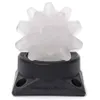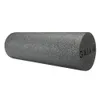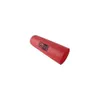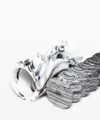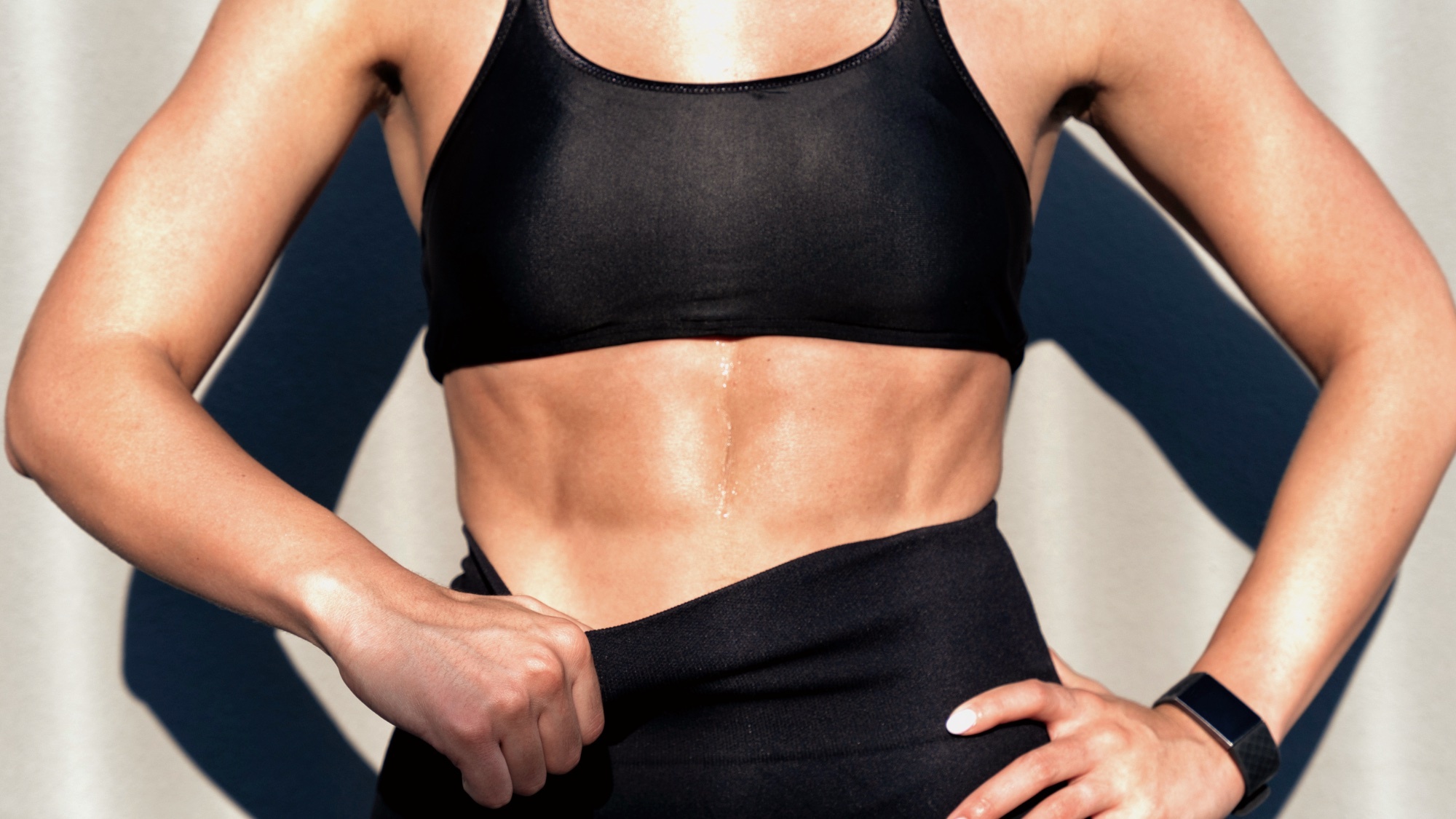
The best foam rollers are typically used to tease tension from tight muscles but can also be used to strengthen your core. If you don’t have other gym equipment like free weights, machines, or resistance bands to hand, why not use your foam roller instead?
Below, I cover three foam roller abs exercises that you can do to build pelvic stability and target the abs, particularly the deeper belt of transverse abdominal muscles that help stabilize and move your trunk. I’ve also whipped up a 15-minute abs workout you can do using the foam roller, including all three core exercises. Here they are.
Can you use a foam roller for abs?
You can absolutely use a foam roller to challenge your core muscles, including the abs (yep, there is a difference between the abs and core muscles, as your abs form one part of your core). However, strengthening and building the muscles doesn’t necessarily mean you’ll develop a popping six-pack.
Your core comprises “external” muscles known as superficial muscles and deeper stabilizers or “internal” muscles; the former are the muscles you’re most likely to see when you drop your body fat percentage.
Keeping your core strong reduces the likelihood of injuries while improving your movement mechanics, so if you’re not boasting a ripped ‘pack, me neither. Thankfully, the benefits of a strong core reach far beyond how good you look in activewear or how much muscle you can see. Strengthening and building them does matter.
What are the 3 deep core exercises you can do with your foam roller?
Give these a try.
1. Plank knee tucks
For the foam roller variation of the plank tuck (my favorite plank variation), start in a plank position with your shoulders stacked over your wrists and hips aligned with your shoulders. Place your foam roller horizontally beneath your shins and brace your stomach.
Sign up to get the BEST of Tom's Guide direct to your inbox.
Get instant access to breaking news, the hottest reviews, great deals and helpful tips.
Lift your feet, rest your shins on the foam roller, inhale, and then draw your knees toward your hands on your exhale, rolling the roller with you as you move. Pause, then extend both legs, driving the roller backward to the starting position.
Part of the challenge is to control the roller in and out, and that's the fun bit that will get your core quivering!
2. Leg raises
Leg raises draw on the hip flexors and deeper core muscles to initiate movement.
Lay on your back with the foam roller resting just above your glutes, horizontally. Slightly tuck your chin toward your chest and relax your upper back onto the ground. Raise your legs into the air, keeping them as straight as you can or bending the knees softly if this is too difficult.
With control, lower your legs toward the ground, hover them just a few inches above the floor, then use your core to draw your legs upward to the starting position. Keep your stomach engaged and lower back pressing down. Reduce how far your legs travel if you are trying this for the first time or bend the knees more to reduce intensity.
Rest your hands by your sides for support or behind your head to make the move harder.
3. Horizontal supine squats
Start in the same position as exercise 2. This time, bend both knees and lift your feet away from the floor into a tabletop position. Rest your hands by your sides for support or behind your head to make the move harder.
Brace your stomach and gently press into the foam roller. Keep both feet flexed, press your feet away from you, and extend your legs, keeping them roughly hip-height. Pause, then bend your knees and return to the starting tabletop position. Horizontal squats are like bear squats flipped from prone to supine.
3-move foam roller abs workout
Start with your plank tucks, then move through the exercises, working for 50 seconds and resting for 10. Aim for 5 rounds or adjust as you want.
- 50 seconds on / 10 seconds off / 5 rounds
- Plank tucks
- Leg raises
- Horizontal squats
Trainer tips
The aim of the game is to really feel the muscles you're working, so move slowly and with control, squeezing your working muscles throughout, even as you inhale and exhale.
When I'm not lifting heavy weights, I use a technique coaches adopt called time under tension. It can be used in various ways, but essentially, it keeps muscles held under contraction for longer by adjusting the tempo of a move.
For example, adjust the plank tucks so that you roll in for the count of 4-5 seconds, then roll out for 2-3 seconds. Leg raises can be slowed to 5 seconds up and 5 down, and you can do the same for the supine squats.
More from Tom's Guide
- This 6-minute foam roller exercise routine builds stronger muscles and releases tension in your lower body
- Best foam roller exercises to try
- I'm a personal trainer, this one-minute stretch opens your hips and builds lower body flexibility

Sam Hopes is a level 3 qualified trainer, level 2 reiki practitioner and senior fitness writer at Tom's Guide. She is also currently undertaking her Yoga For Athletes training course. Sam has written for various fitness brands and websites over the years and has experience across brands at Future such as Live Science, Fit&Well, Coach, and T3.
Having worked with fitness studios like F45 and Virgin Active, Sam now primarily teaches outdoor bootcamps, bodyweight, calisthenics and kettlebells. She also coaches mobility and stretching-focused classes several times a week and believes that true strength comes from a holistic approach to training your body.
Sam has completed two mixed doubles Hyrox competitions in London and the Netherlands and finished her first doubles attempt in 1:11.




